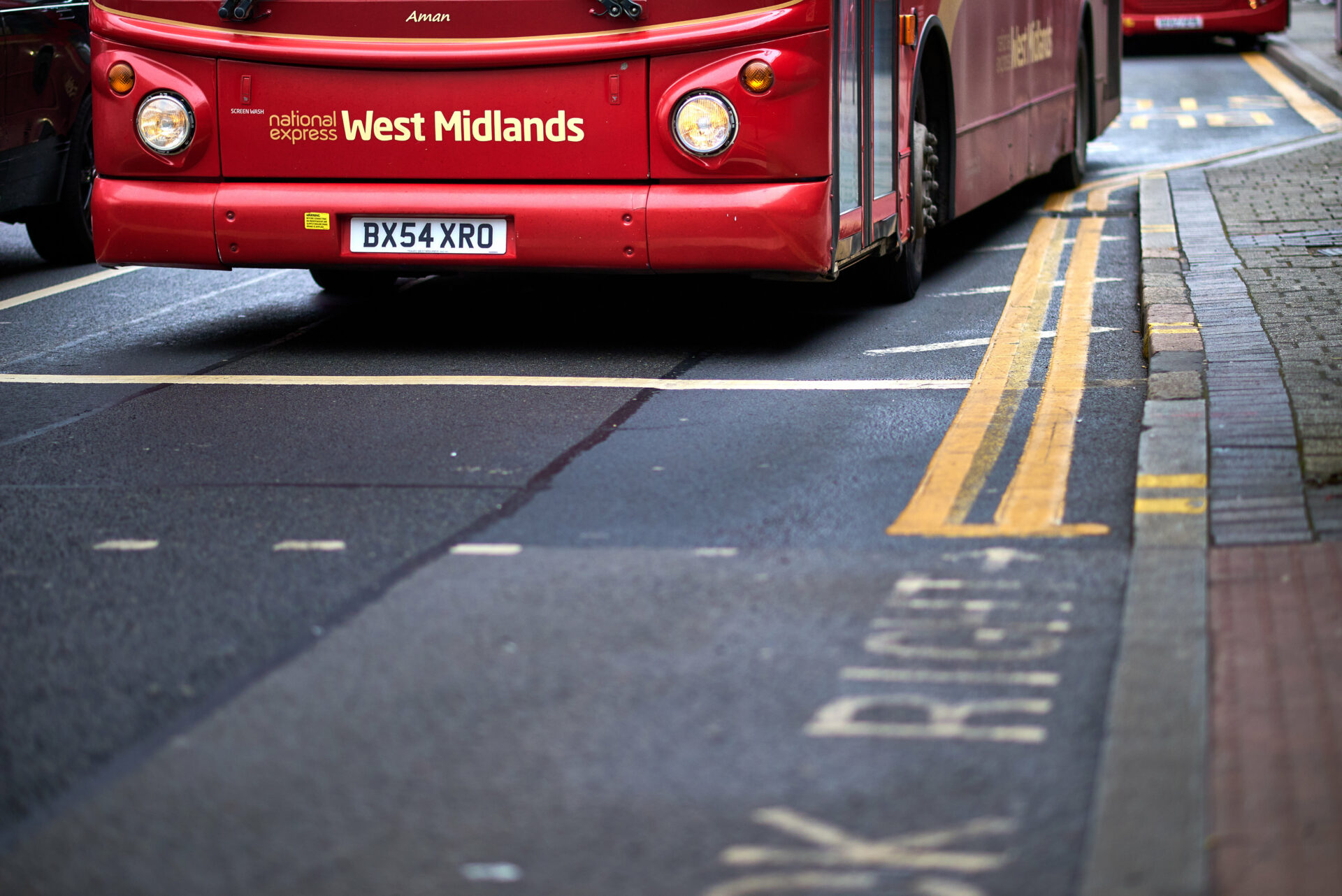The recent legislative proposal by Transport Secretary Rt Hon Louise Haigh MP represents a significant shift in how bus services will be managed across England. This new bill grants local transport authorities (LTAs) the ability to take control of bus operations, either through franchising or public ownership powers that were previously restricted to mayoral combined authorities like Greater Manchester and London. The implications of this change are broad and multi-faceted, affecting bus operators, local councils, and passengers alike.
Impact on Bus Operators
For bus operators, this legislation introduces both challenges and opportunities. Private bus companies, which have historically operated with significant autonomy, will now face a new competitive landscape. Franchising or public ownership means that local authorities will have more control over route planning, service frequency, and pricing- areas that were previously managed by private companies under deregulation. While this could lead to greater standardisation and more stable contracts for some operators, others may struggle with increased oversight and competition from publicly run services.
On the upside, operators who can align their services with local authority goals, such as improving sustainability and service quality, alongside the competitive cost of operation may be well-positioned to secure long-term contracts under the franchising model. Also, operators will need to operate with a more flexible fleet that moves away from diesel towards electric, which will require new skills, whilst managing the decline of legacy fleets. It is quite likely that operator franchisees will consider moving from asset ownership to asset rental, like the rail industry.
However, there is a risk of predatory competition, where large, established operators may attempt to push smaller, council-run services out of the market.
Additionally, the new bill includes provisions for improving driver welfare and passenger safety, encouraging operators to work closely with councils to meet these enhanced standards.
Local Councils and Transport Authorities
Local councils, many of whom have struggled with declining bus services due to funding problems and deregulation, now have the potential to take greater control of their local transport networks.
With control over bus services, councils can tailor transport networks to meet the specific needs of their communities, filling service gaps in rural areas or underserved urban pockets. Greater Manchester’s Bee Network, which has seen a 5% rise in passenger numbers since implementing public control, serves as a blueprint for how local authorities can foster growth in public transport usage. The franchising model, as successfully demonstrated by Transport for London (TfL), allows councils to dictate routes, timetables, and service standards, ensuring that services are tailored to community needs.
However, this new proposal also comes with significant responsibility. Councils will need to navigate the complexities of managing large-scale transport networks and balancing service improvements with cost efficiency. There will be a whole new area to consider around route optimisation and planning to meet daily/weekly/monthly passenger usage patterns. While the legislation simplifies the franchising process, it may still present resource challenges for smaller councils with limited administrative capacity. The central government’s commitment to offering guidance and breaking down regulatory barriers alongside financial support will be essential in ensuring that councils can implement changes quickly and effectively.
Benefits for Passengers
For passengers, the Better Buses Bill promises to address longstanding issues such as reduced service frequency, poor coverage, and inconsistent timetables. The power shift towards local authorities could lead to better-integrated transport networks, with more reliable and affordable services, especially if councils adopt a model like London’s “world-class” urban transport system. Additionally, this move could improve accessibility in rural and deprived urban areas where services have been cut back, encouraging greater social inclusion and economic opportunity.
In addition, provisions to improve driver welfare and passenger safety – including measures to combat anti-social behaviour – are expected to enhance the overall travel experience. However, it is crucial that any new services remain affordable, especially for low-income passengers, and that changes do not lead to increased costs in council tax or reductions in other essential services.
Looking Forward
In essence, this legislation could reshape England’s bus services for the better, with the potential for more passenger-focused, reliable, and locally accountable services. The shift may be disruptive for some operators, but the collaboration between the public authorities and private sector players could ultimately yield a more efficient, well-managed system that benefits both the public and the wider transport industry.
The focus on sustainability, job creation, and public control aligns well with broader government objectives to reduce emissions and boost local economies. Bus operators that can pivot towards greener technologies, such as electric buses, and offer flexible solutions tailored to local needs, will be well-positioned to thrive in this evolving landscape.
For operators, adaptability and alignment with public objectives will be crucial, while councils will require support in developing effective, sustainable, and equitable transport networks that fully utilise the powers granted by this legislation. Ultimately, the Better Buses Bill marks a significant shift in how bus services are managed and delivered across England. Its success will depend on prioritising funding, collaboration, and customer experience as these new powers are implemented. Key questions remain: How will local and transport authorities manage relationships? What will success look like, and how will value for money be measured? A range of new challenges will need to be addressed moving forward.

